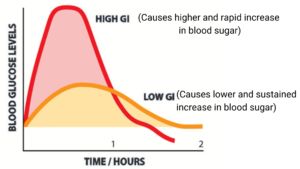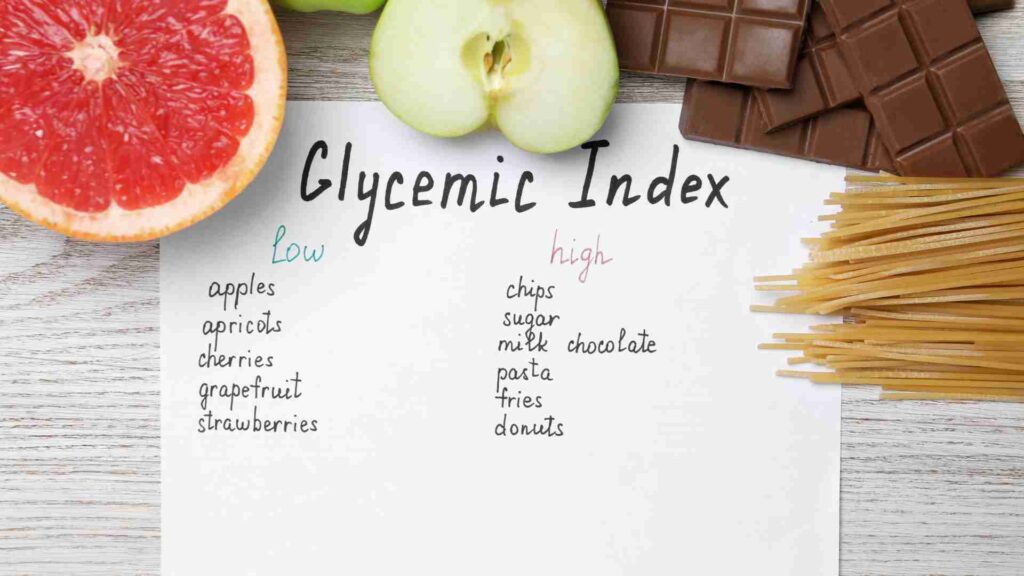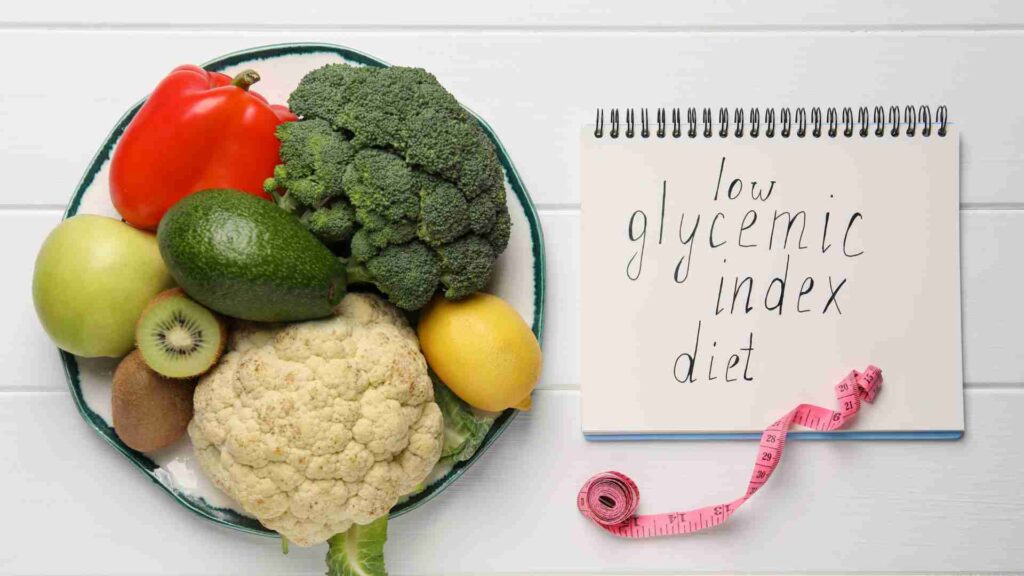Discover comprehensive information for all aspects of sexual health and find resources and guidance to empower your sexual well-being.
The pelvic floor muscles are the unsung heroes of our body’s core, providing support to…
Discover comprehensive information for all aspects of sexual health and find resources and guidance to empower your sexual well-being.
The pelvic floor muscles are the unsung heroes of our body’s core, providing support to…
The underlying cause as well as the severity of pain determine the varied treatment approaches…
The International Society for the Study of Women’s Sexual Health describes Hypoactive sexual desire disorder…
Achieving and maintaining a strong penile erection is a common concern for many men. It…
Erectile dysfunction (ED) is a common condition that affects millions of men worldwide, causing distress…
Feeling nervous about sexual performance, known as Sexual Performance Anxiety (SPA), is pretty common. But…
Commitment issues can often manifest in romantic relationships, work, and other personal or professional spheres.…
These days, it seems like everyone is jumping on the bandwagon of criticizing carbohydrates. People have demonized carbs to the extent that it feels like they’re a food group to avoid at all costs.
But the truth is, that carbohydrates are essential for the human body to function properly. They’re present in foods for a reason. So rather than simplistically categorizing carbs as “good” or “bad,” we need to understand which types of carbohydrate-containing foods promote health and energy.
This is where the glycemic index and glycemic load come in.
Originally developed to help people with diabetes better manage their blood sugar levels glycemic index can help us make smart choices about carbohydrates and improve overall health.
Table of Contents
ToggleThe glycemic index provides a scientific approach to evaluating how carbohydrates in foods impact blood glucose, or blood sugar, levels.
While it’s common knowledge that all carbohydrates raise blood sugar, the glycemic index delves deeper by determining the extent to which a specific food raises blood sugar.
The glycemic index assesses foods on a scale of 0 to 100, determining their ability to raise blood sugar levels rapidly. Foods with a higher number cause a more rapid increase in blood sugar, while foods with a lower number have a less pronounced effect on blood sugar levels.

To determine the glycemic index of a food, researchers feed a specific weight of the test food (usually 50 grams, roughly equivalent to 4 tablespoons of sugar) to at least ten healthy volunteers.
These volunteers’ blood sugar levels are measured before eating and at 15 to 30-minute intervals for two hours, generating a blood sugar response curve.
Next, the food’s blood sugar response is compared to that of a control food, typically glucose or table sugar, which is given a value of 100.
Researchers then average the individual responses of each test subject to calculate the food’s glycemic index number.
Experts categorize foods as low, medium, or high glycemic foods and rank them on a scale of 0–100.
Here are the three categories:
Low GI = GI of 55 or less
Medium GI = GI 56 to 69
High GI = GI of 70 or more

High glycemic index (GI) foods are those that contain easily digestible and metabolizable carbohydrates, while low GI foods contain slowly digestible carbohydrates that result in a reduced glucose response after a meal.
University of Sydney’s GI website gives information on the GI values of various foods.
Glycemic index is a valuable tool for measuring how different carbohydrate-containing foods impact blood sugar levels. However, it is calculated using a standard weight of a specific food, usually 50 grams.
In real life, you don’t always consume a standard amount of food. Sometimes you may eat two slices of bread at breakfast; other times you may eat one. Also, you may eat more than one food at a time, such as a peanut butter sandwich with a glass of milk and a banana. How is the blood sugar affected then?
This is where the concept of glycemic load comes into play.
The glycemic load takes into account both the glycemic index and the actual amount of carbohydrates consumed in a given meal or snack.
To calculate the glycemic load (GL), the glycemic index (GI) of a food is multiplied by the amount of carbohydrates in that food and then divided by 100.
For example, 1 medium apple has a GI of 40 and contains 15 grams of carbohydrates.
40 × 15 = 600, and 600 ÷ 100 = 6, the glycemic load of 1 medium apple.
If you eat 2 medium apples, use this calculation: 40 × 30 = 1200; 1200 ÷ 100 = a GL of 12.
Like the glycemic index, glycemic load values are typically classified into three categories:
Low GL = GL of 10 or less
Medium GL = GL of 11 to 19
High GL = GL of 20 or more

Several studies have indicated that low-GI and -GL diets might have a modest but significant effect in the prevention of type 2 diabetes.
Diabetes UK and the European Association for the Study of Diabetes have included the use of diets of low GI/GL in their recommendations for preventing diabetes in individuals at high risk.
Studies have found an association between higher glycemic load diets and the risk of cardiovascular disease.
It is suggested that a Low Glycemic diet is beneficial for women with PCOS. It has also been linked with improved mood and increased energy levels.
Low GI foods offer many advantages over high GI foods for most people.
These foods have a slower digestion process, leading to a gradual increase and decrease in blood glucose levels after consumption. This makes them beneficial for people with diabetes or glucose intolerance as they can help regulate their blood glucose levels.
Moreover, this effect is also advantageous for healthy individuals as it reduces the secretion of insulin throughout the day.

By keeping your blood glucose levels stable, you can improve your heart health. Regular consumption of high GI carbohydrates can result in abnormally high insulin levels, which may promote high blood fats and blood pressure, increasing the risk of a heart attack.
However, a lower glucose level over the day improves heart health by making blood vessels more elastic and reducing the formation of fatty streaks and plaques that cause atherosclerosis.
Additionally, good blood glucose management reduces the likelihood of forming blood clots in arteries, which can lead to heart attacks.
To benefit from low GI foods, it is not necessary to exclusively consume them.
Studies show that when combined with high GI foods in a meal, the overall blood glucose response is intermediate.
Choosing at least one low GI food per meal can help maintain lower glucose and insulin levels throughout the day.
Additionally, the slower digestion process can delay hunger pangs, leading to less overeating and better food choices, which can aid in weight loss efforts for those who are overweight.
Related: 11 Myths about Glycemic Index
Carbohydrate-containing foods exhibit varying effects in our bodies and cannot be considered equal. The quality of carbohydrates can be measured using the glycemic index (GI), which is a scale from 0 to 100 that reflects how fast the carbohydrates in foods impact blood glucose.
However, it’s important to note that a food’s healthiness cannot be determined solely by its GI score. The GI is just one factor to consider when planning a nutritious diet and should not be the sole determinant. It’s crucial to keep in mind the fundamentals of good nutrition when making food choices and try to eat intuitively.
References
Dr. Nishtha, a medical doctor holding both an MBBS and an MD in Biochemistry, possesses a profound passion for nutrition and wellness. Her personal journey, marked by significant struggles with physical and mental health, has endowed her with a unique empathy and insight into the challenges countless individuals face. Driven by her own experiences, she leverages her background to offer practical, evidence-backed guidance, empowering others on their paths to achieving holistic well-being. Dr. Nishtha truly believes in the interconnectedness of the mind and body. She emphasizes the significance of understanding this connection as a crucial stride toward attaining balance and happiness in life.

